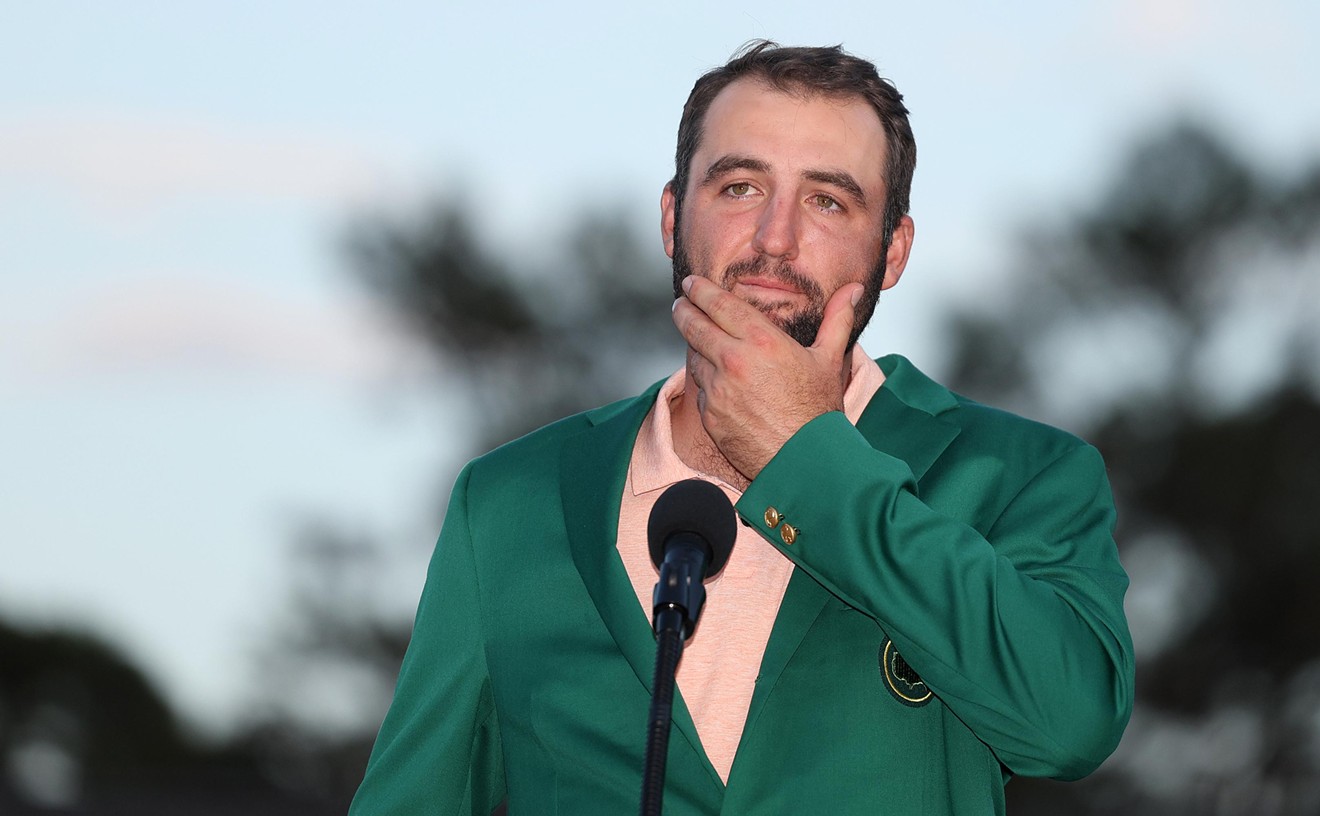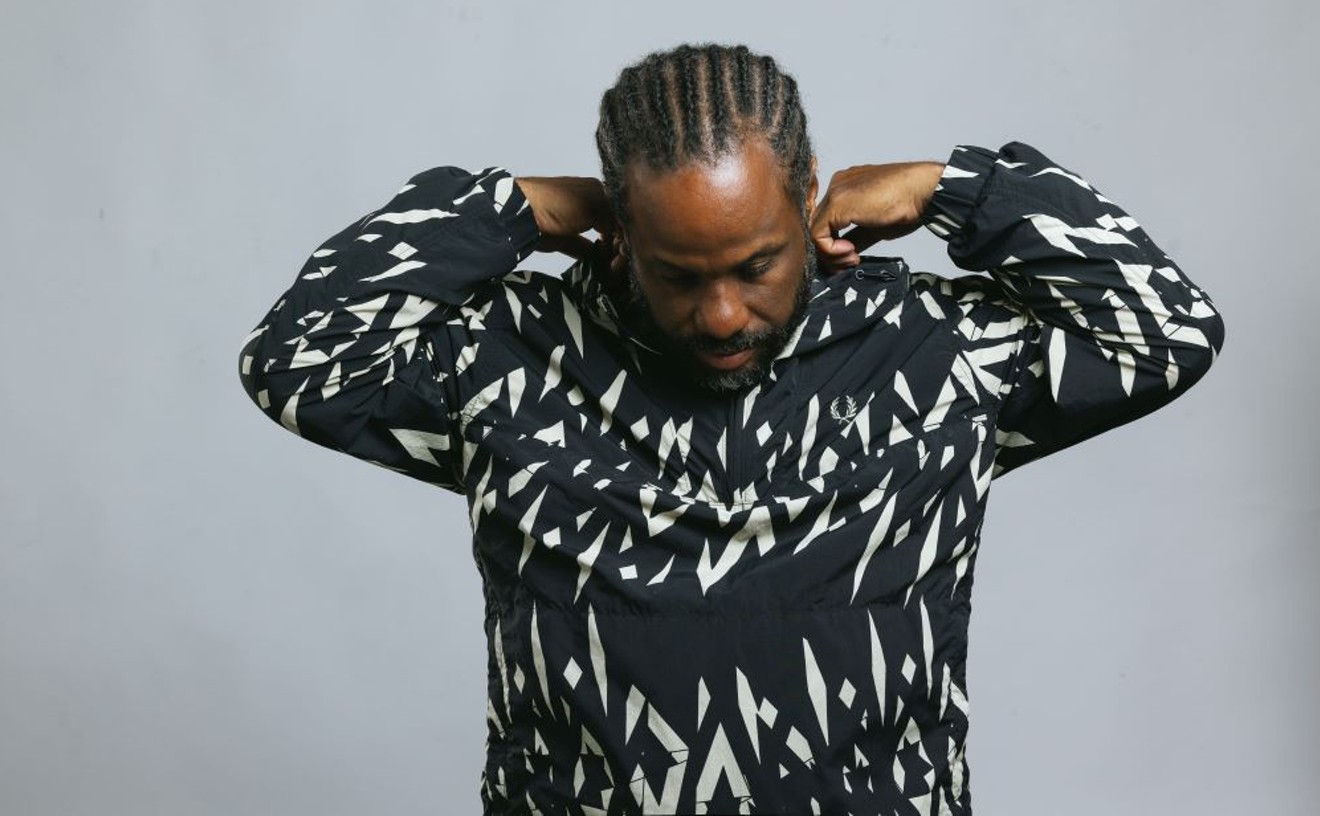It's also fitting that the woman who killed the Warhol scene and, effectively, Warhol the artist, should be obsessed with blood, shit, and semen. Valerie Solanas, the prostitute-turned-would-be-ultrafeminist apostle, often addressed the subjects in her journals and plays, and made an allusion here and there in her published SCUM Manifesto. The Solanas-Warhol pair represents the classic Western gender stereotypes--woman as body, man as brain--even as her lesbianism and his homosexuality elevate their fateful relationship to a clash of Titans in the gender-politics arena.
In other words, Mary Harron's I Shot Andy Warhol is a bottomless well of tasty nuance. Harron has graciously refrained from any excessive directorial interference in recreating the drug addicts, dealers, cross-dressers, and faddists who managed to drift through the Factory--Warhol's tin-foil-wrapped New York City studio--and occasionally made art.
Drift is exactly what Harron lets her actors do, finger-painting the cool shades of their characters at a barbiturate pace. I Shot Andy Warhol is all the richer for it, a kaleidoscope of sharply etched self-indulgence shattered by the pathological determination of a rather extraordinary woman.
To praise an attempted assassin is to invite a general outcry from the moral watch-guards who patrol our movie houses (permanently separated, thank God, from a gloriously vice-loving American movie audience). Few of those from Andy Warhol's heyday have flattering memories of Solanas. Ex-Warholite-turned-filmmaker Paul Morrissey was incensed at this biopic project, labeling its subject "a ridiculous, deficient, damaged person."
As played by the agile Lili Taylor, Solanas may not be all there, and she certainly drags a veritable U-Haul of family dysfunction behind her, but she is far from ridiculous. Taylor understands that the key to convincing on-screen psychosis is sincerity. She strides through I Shot Andy Warhol with a brisk, Edward G. Robinsonesque menace. Whether it's selling her wacko feminist philosophies for spare change on the street corner or stalking a cruelly elusive patriarch who could bring her message to a wider audience, Taylor as Solanas is terrifyingly practical. And wading through the slimy streams of the Factory's contemptuous ennui, she's the only individual in the movie who believes in something passionately.
Before she attempted to worm her way into Warhol's world, Solanas had already established herself as a street-corner preacher. She proselytized the gospel of SCUM--the Society to Cut Up Men--of which she was the founder and sole member. Solanas believed that men were not only genetically inferior to women, but that they were holding back the evolution of the entire human race by behaving like "mindless fuck machines." That she turned tricks to support herself while living at the notorious Chelsea Hotel was more a matter of convenience to Solanas than evidence of any masochistic impulse. Sex meant almost nothing to her. Although she identified herself as "a butch dyke," she was, like the man whose favor she brusquely courted, celibate.
Sartre has his Nausea to illustrate the principles of existentialism in a narrative context, and Solanas had Up Your Ass, a play that illustrated a housewife's emotional bondage--so advanced that she would serve herself "blue turds" at dinner parties. Solanas stages her script in diners with friends as the actors, including the transvestite Candy Darling (Stephen Dorff). Darling had his/her own ambitions concerning Warhol, and served as Solanas' ticket into the artist's claustrophobic clique. Warhol, played with the waxy eyes of a dead fish by Jared Harris, the son of actor Richard Harris, was quite smitten by Darling, who preened in a boa for screen tests and rhapsodized about traditional womanhood, and merely tolerated Solanas as an amusement...until the first time she turned violent.
As the honey-throated Darling, Dorff gives a delicate drag-queen performance that eclipses a crowded movie marketplace full of them. Darling was no emblem of sexual anarchy, nor even a lovable hedonist. It was the cliche trappings of socially acceptable femininity that Darling craved. Watching a public protest by feminist activists on TV, Darling wrinkles her powdered nose and proclaims to hate "hard women." This same provincialism was what attracted Warhol, who, despite his role as an artist, sneered at bohemianism and rejected politics of every stripe.
Valerie Solanas was, in short, a creative individual Warhol couldn't use. She completely reversed the Factory equation by stepping inside--Up Your Ass in hand--with an eye toward enlisting Warhol to legitimize her own agenda. Her paranoia grew by leaps as Candy Darling became a Warhol superstar while the artist's hangers-on grew openly abusive in her presence.
I Shot Andy Warhol doubles as a tart deconstruction of a mythological '60s scene and a portrait of a twisted individual searching for evidence that it existed at all. Ultimately, Warhol was all about image and calculation, which meant the Factory wasn't the creative oasis that Solanas sought, but an illusion consisting solely of attitude. Solanas had a series of clear goals in mind--traveling the country by van, enlisting members for SCUM city by city--which the financial success of a Warhol-produced play would make possible. Unfortunately for her and the world's most famous artist, it was all just a game to him.
Director Mary Harron recreates the Factory decadence with a dispassion that should disappoint anyone who thinks it would have been really cool to hang with Warhol. The film's sluggish brilliance contrasts sharply with the wired, loopy visions of '60s paeans like Oliver Stone's The Doors. The sense of a whole lot of nothing happening at a leisurely pace is precisely what launches Lili Taylor's awesome, impulsive performance and sends I Shot Andy Warhol ricocheting into the stratosphere of great films with ensemble casts. Taylor as Solanas kick-starts the morality play inside this biopic, a scrappy warning about the perils of passive exploitation and lives lived either without principle...or with a monomaniacal devotion to it.
I Shot Andy Warhol. Samuel Goldwyn. Lili Taylor, Stephen Dorff, Jared Harris. Written by Daniel Menahan and Mary Harron. Directed by Mary Harron. Opens May 17.










